Bac Giang’s industrial push redefines provincial trajectory
BAC GIANG — Once a slow-growing agricultural province with virtually no industrial foundation, Bac Giang has emerged as a standout example of regional transformation in Vietnam, powered by a determined and strategic focus on industrial development.
Re-established in 1997, Bac Giang spans more than 380,000 hectares, with about 77% designated for agriculture. Favorable geography and climate shielded it from frequent crop failures, but the limits of an agriculture-based economy soon became apparent.
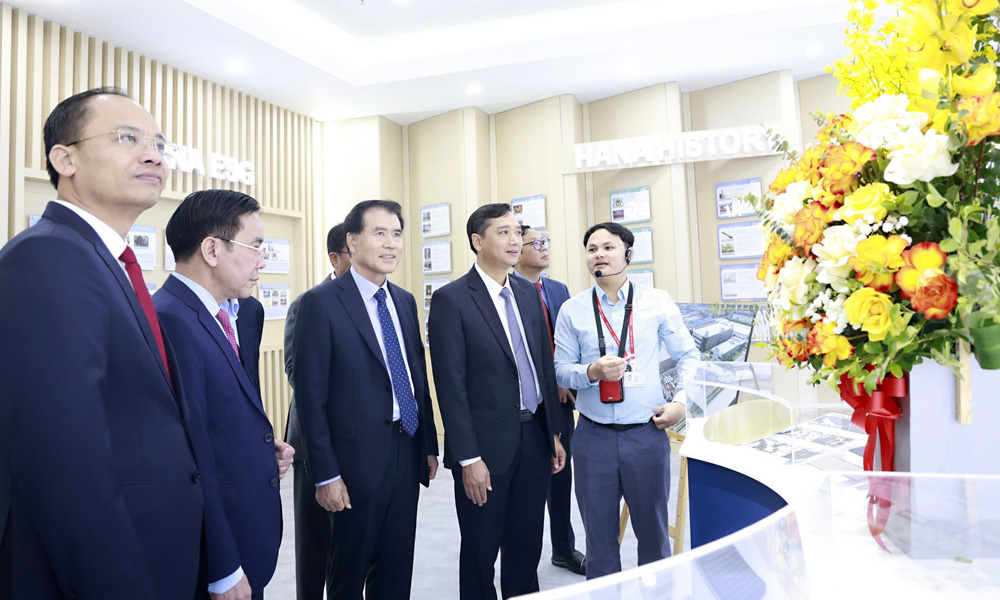 |
|
The Chairman of Bac Giang provincial People’s Committee Nguyen Viet Oanh visits a company in Van Trung Industrial Park. |
As the province embraced the national agenda of industrialization and modernization, the provincial Party Committee and its Standing Board adopted a bold strategy to make industry the spearhead of growth.
This strategic shift was formalized at the 15th Provincial Party Congress (2000–2005), which set a clear directive to mobilize internal resources, create investment-friendly mechanisms, and leverage central government support to develop industry and handicrafts.
A resolution followed, launching the province’s first industrial development programme for the 2001–2005 period, and declaring a series of "industrial years" to intensify implementation.
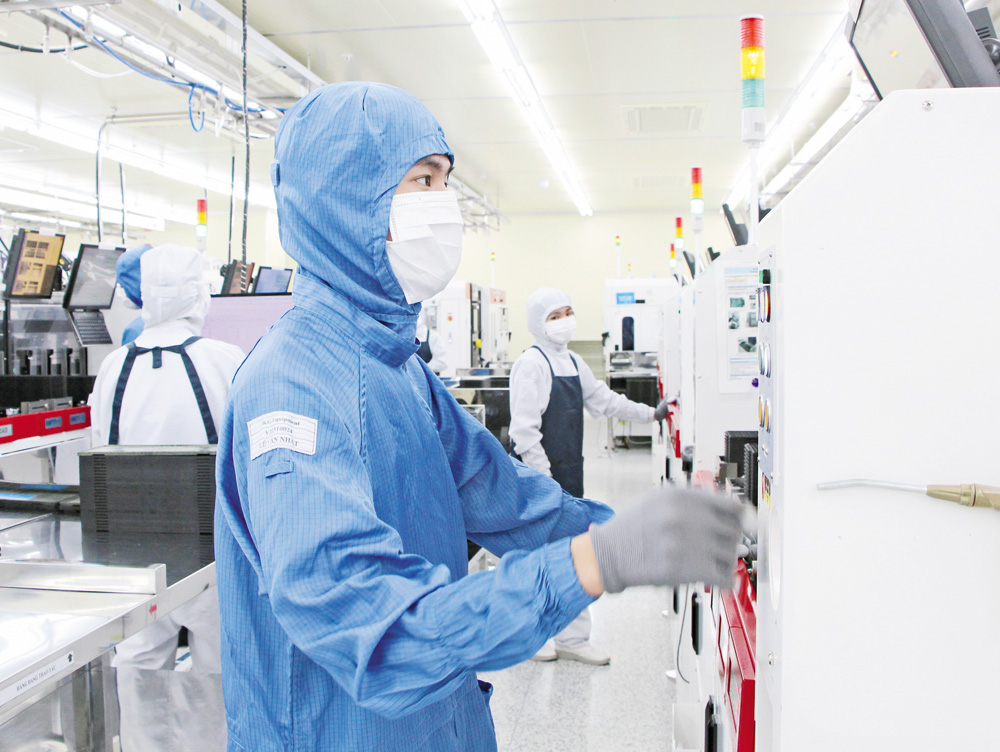 |
|
Production line at South Korean Hana Micron Vina Co., Ltd. |
At that time, Bac Giang’s industrial base was almost nonexistent, leaving some local officials skeptical. To operationalize its vision, the provincial People's Committee issued Decision 121 in July 2000—seen as a ground-breaking measure to attract investment. The policy promised “maximum benefits – minimum obligations” for investors, in line with national law.
To back this, Bac Giang created a dedicated Industrial Park Management Board, produced promotional materials and dispatched study delegations to industrialized provinces like Binh Duong, Dong Nai and Ho Chi Minh City.
Investment promotion conferences were held to build trust and visibility among business communities. In 2002, the province replaced Decision 121 with Decision 34, streamlining procedures through a “one-stop, one-contact” system to reduce administrative bottlenecks.
Under the new framework, the Department of Planning and Investment (now the Department of Finance) became the sole coordinating body for investors, further strengthening the province’s image as a pro-business destination. The streamlined process quickly yielded results.
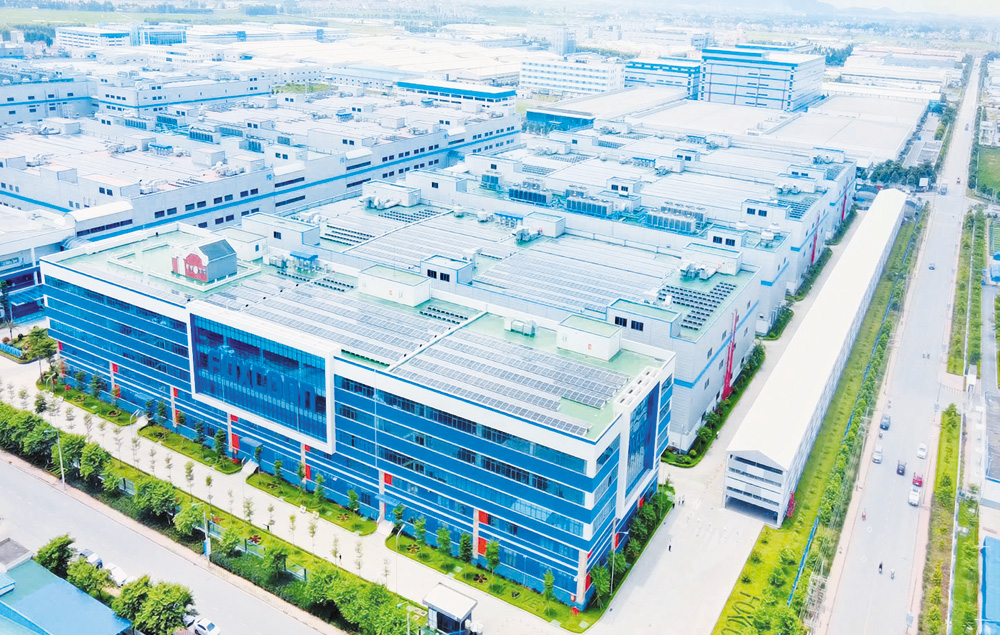 |
|
A corner of Quang Chau Industrial Park in Viet Yen Township. |
In 2001—the first year of implementing the industrial strategy—foreign direct investment (FDI) into Bac Giang tripled the combined total of the previous ten years. In 2002, FDI increased by another 1.5 times, with numerous foreign-invested companies choosing to establish operations in the province.
Domestic projects also followed. Though still modest compared to major urban centers, these investments played a key role in accelerating growth and shifting the economic structure toward industry and services.
These early successes laid a foundation of trust and experience, enabling the province to refine its industrial development roadmap. A pivotal moment came on October 11, 2003, with the groundbreaking of Dinh Tram Industrial Park—the province’s first.
Although the plan had been approved by the central government in 1999, site clearance was delayed due to local resistance, stemming from environmental concerns tied to a pesticide business that once operated in the area.
Residents feared displacement and loss of livelihoods, further fueled by misinformation and the involvement of retired officials opposing the plan. Divisions emerged in local communities, with some supporters of industrial development facing ostracism.
With rising tensions, provincial authorities mobilized agencies, mass organizations and task forces to engage with residents directly. Through dialogue, transparency and community outreach, these efforts gradually overcame resistance.
Nguyen Van Phuong, Deputy Director of the Department of Home Affairs and a former site clearance officer for Quang Chau Industrial Park, recalls the challenges of winning over skeptical residents.
“We had to be persistent, rain or shine, meeting with households, explaining the policies, listening to concerns. In time, we earned their cooperation,” he said.
Many former opponents have since become entrepreneurs or landlords benefiting from industrial services, with some even becoming millionaires.
Funded by both state and private capital, Dinh Tram Industrial Park was developed at a cost of around 210 billion VND (over 9.1 million USD). Its flexible land lease model—allowing annual payments—made it accessible to small and medium-sized enterprises. This model proved suitable for a province at the early stage of industrial development.
Following Dinh Tram, Bac Giang approved the Dong Vang Auto Industrial Cluster with over 4,000 billion VND in investment. Around the same time, Song Khe – Noi Hoang Cluster (now an industrial park) was also planned, aiming to form an interconnected industrial corridor in the province.
These early efforts were fraught with difficulty but provided valuable lessons. The province refined its policies and implementation frameworks.
Resolution No. 147, issued by the Provincial Party Committee in July 2021, reaffirmed its commitment to industry as the core growth pillar. It advocated for modern, efficient, and sustainable development and sought to integrate industry with urbanization and services to create a complete industrial ecosystem.
Today, Bac Giang is home to 17 industrial parks, eight of which are operational and host more than 500 projects. These facilities have created jobs for hundreds of thousands of workers, both local and migrant.
Industrial development has not only driven economic growth but also reshaped the province’s economic landscape, making it more diverse, dynamic and globally connected.
As Bac Giang looks ahead, it plans to strengthen regional linkages and expand development zones to unlock new momentum for growth.
 Bắc giang
Bắc giang
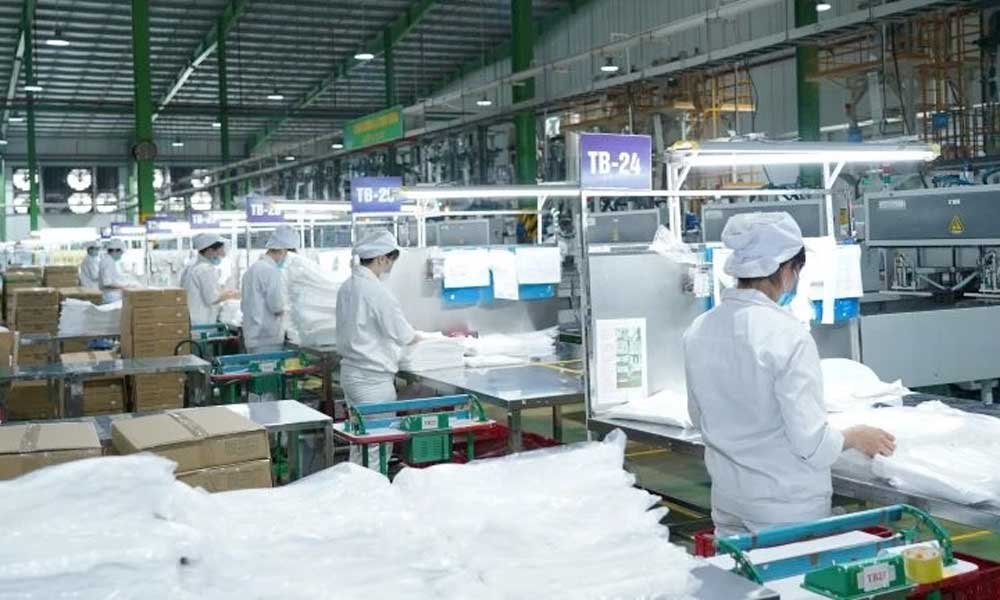
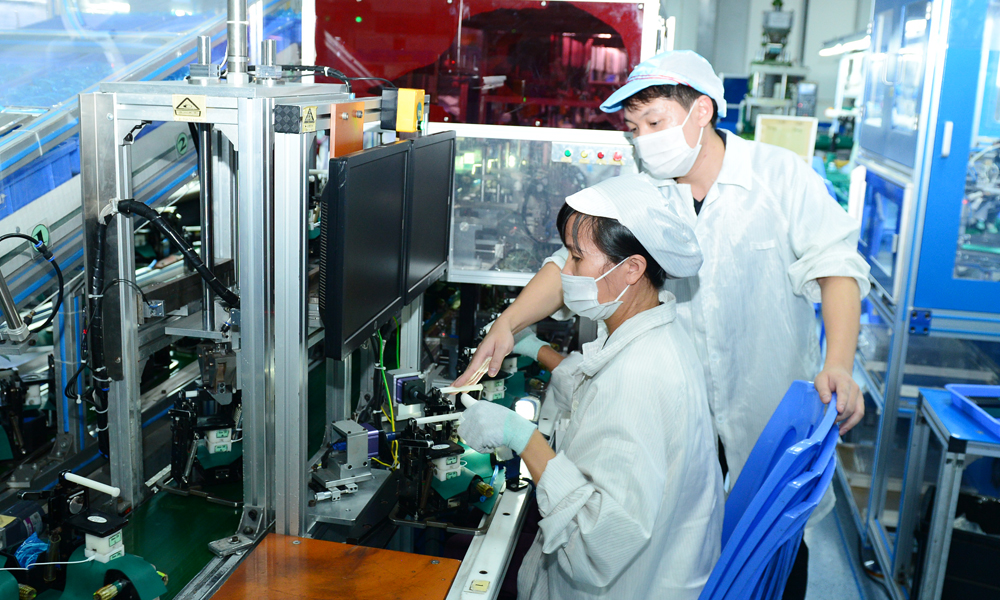
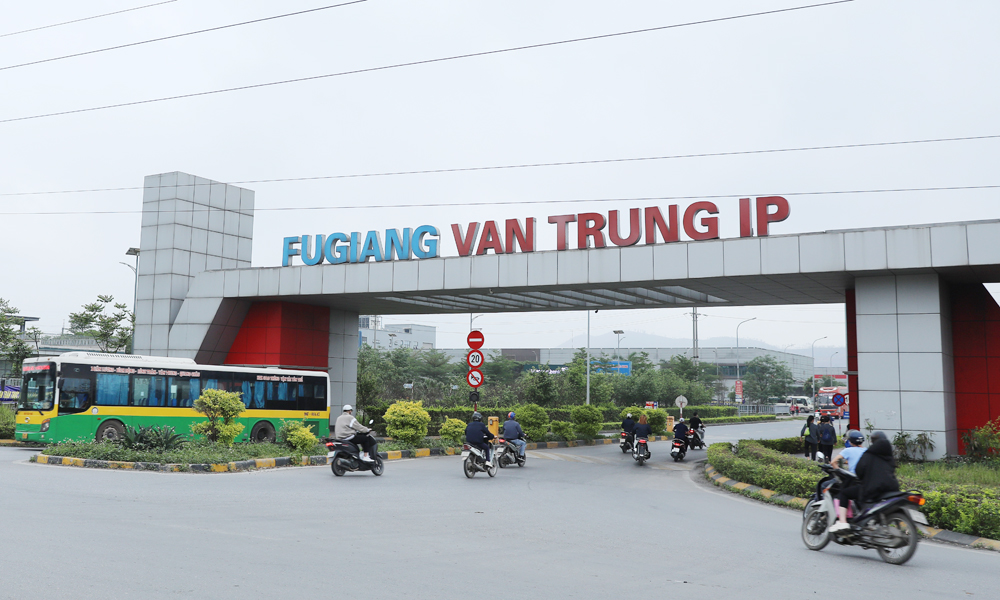

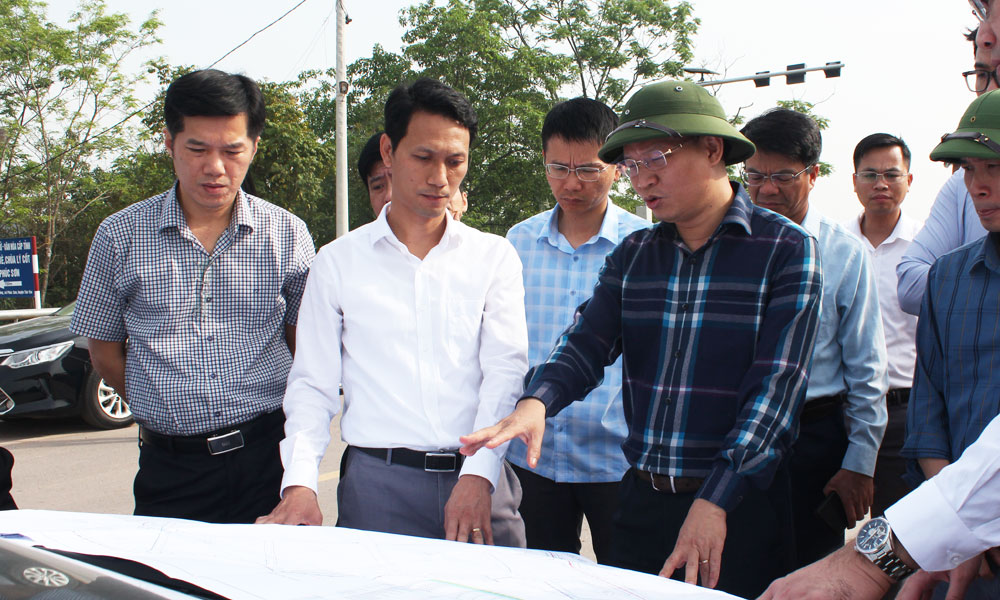
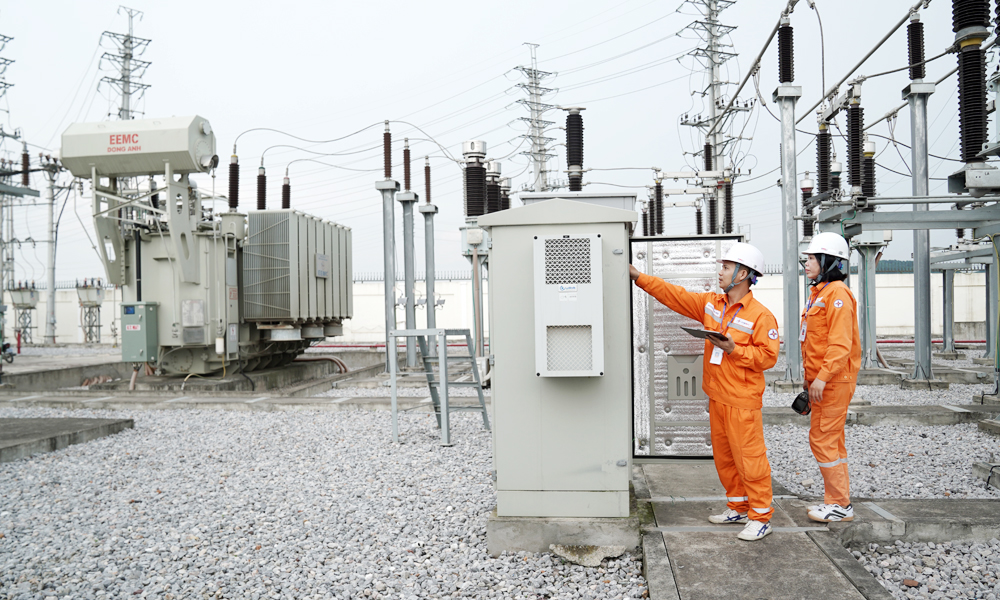
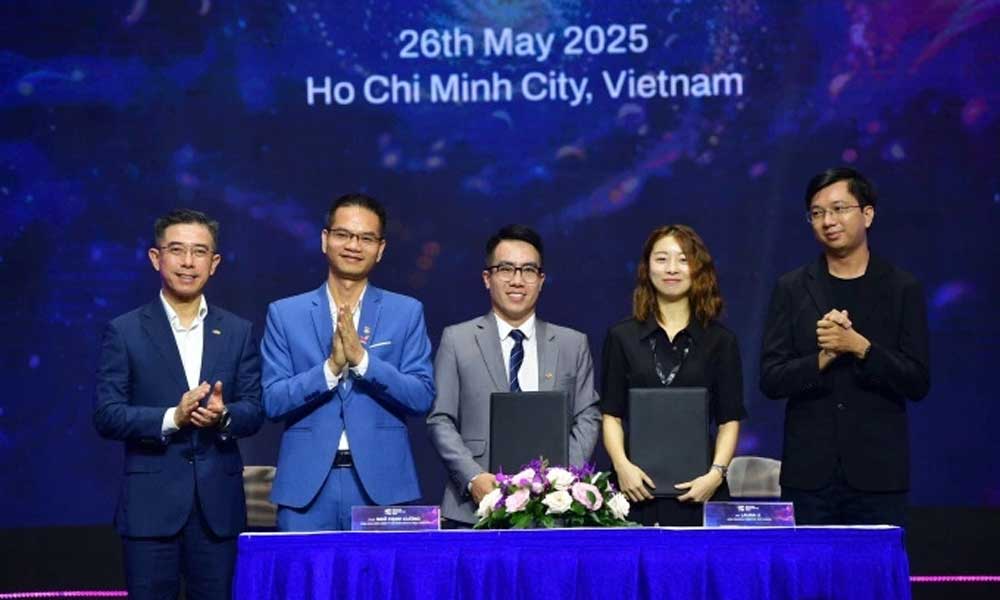




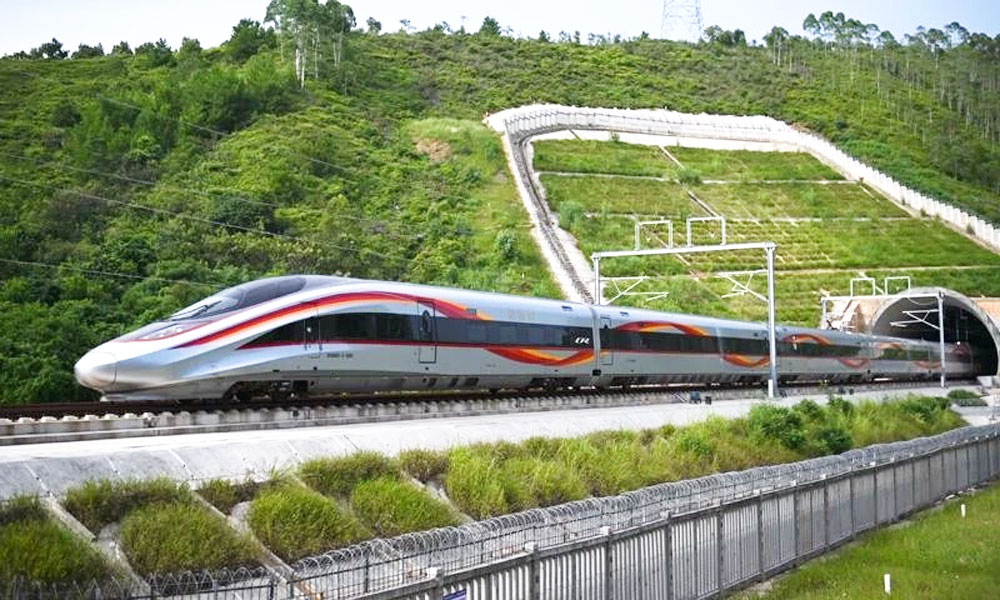

Reader's comments (0)